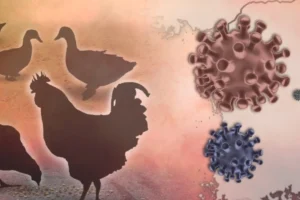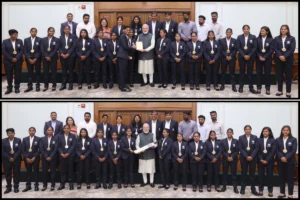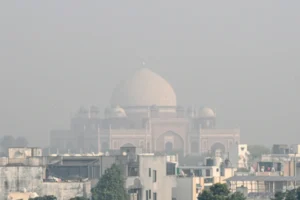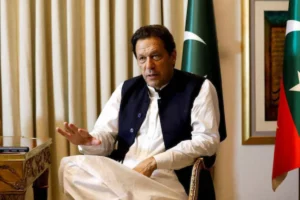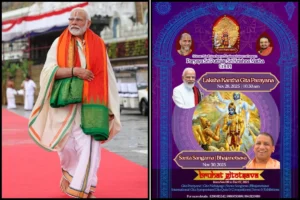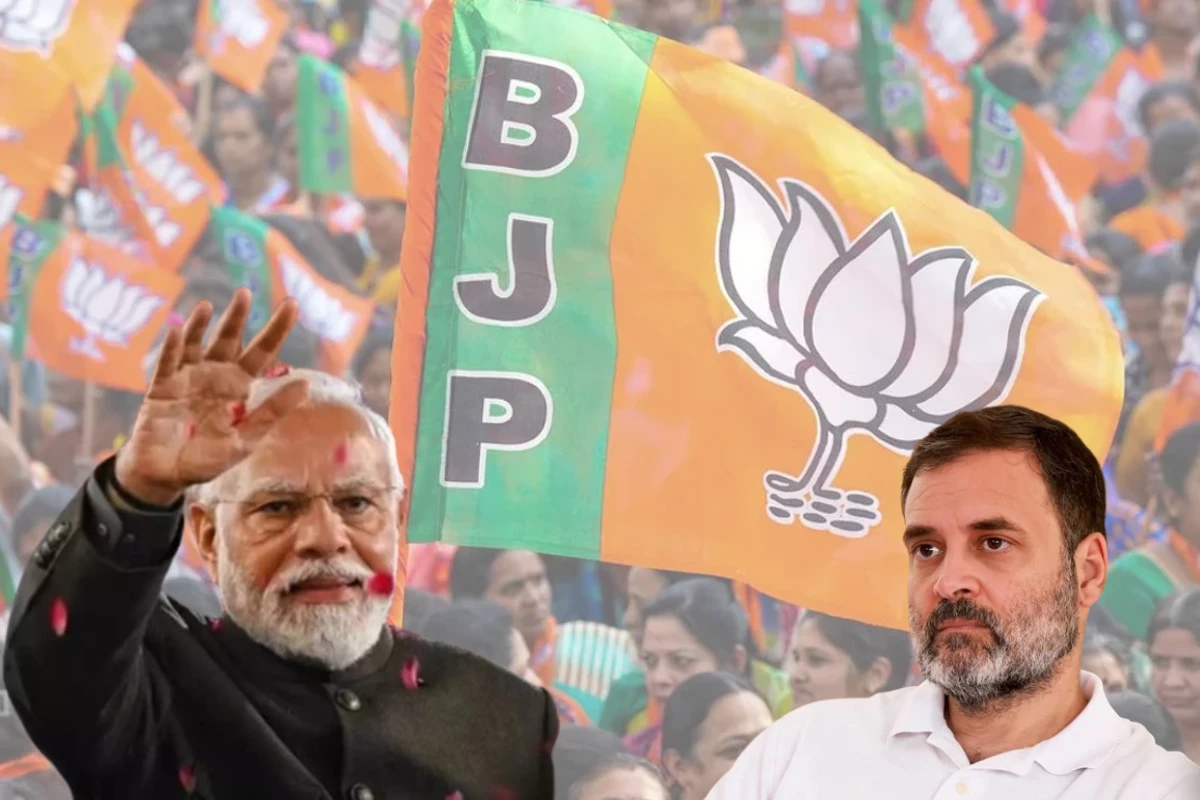
The Bharatiya Janata Party (BJP) has emerged as the clear winner in the assembly elections of Chhattisgarh, Madhya Pradesh and Rajasthan, defeating the Congress party and its allies in all three states.
The results, announced on Sunday, December 3, 2023, have dashed the hopes of the Congress leader Rahul Gandhi, who had launched a scathing attack on Prime Minister Narendra Modi and his alleged nexus with the billionaire industrialist Gautam Adani.
Rahul Gandhi had accused Modi of favouring Adani Group, one of the most powerful conglomerates in India, by awarding it lucrative state contracts.
He had also claimed that Adani Group had made huge profits by selling overpriced coal imported from Indonesia, and that Modi had protected the group from any investigation or scrutiny. He had demanded a parliamentary probe into the matter and challenged Modi to come clean on his relationship with Adani.
However, the voters of Chhattisgarh, Madhya Pradesh and Rajasthan seem to have rejected Rahul Gandhi’s allegations and given a resounding mandate to Modi and his party. The BJP has won 115 out of 199 seats in Rajasthan, 163 out of 230 seats in Madhya Pradesh and 54 out of 90 seats in Chhattisgarh, securing a comfortable majority in all three states. The Congress, on the other hand, has lost its last toehold in North India after losing power in Rajasthan and Chhattisgarh. The other parties, such as the Bahujan Samaj Party (BSP), the Janata Congress Chhattisgarh (JCC) and the Mizo National Front (MNF), have won a handful of seats and have no significant impact on the overall outcome.
The BJP’s victory can be attributed to several factors, such as the popularity of Modi and his development agenda, the effective campaign strategy and organisation of the party, and the lack of a credible alternative or a united opposition. The BJP has also managed to overcome the anti-incumbency factor, which usually works against the ruling party in state elections, by highlighting its achievements and promising more welfare schemes and infrastructure projects.
The Congress, on the other hand, has failed to capitalise on the discontent among some sections of the voters, such as the farmers, the youth and the minorities, who have been affected by the economic slowdown, the agrarian crisis, the unemployment problem and the communal violence. The party has also suffered from internal divisions, leadership vacuum, organisational weakness and lack of a clear vision or agenda. The party has relied heavily on Rahul Gandhi’s charisma and rhetoric, but has not been able to convince the voters of its credibility or competence.
The election results have shown that Rahul Gandhi’s theory of Modi-Adani nexus has no electoral traction among the voters, who have preferred to vote for the BJP’s track record and promises over the Congress’s allegations and accusations. The results have also exposed the limitations of Rahul Gandhi’s leadership and the challenges that he faces in reviving his party and taking on Modi in the upcoming 2024 Lok Sabha elections. The results have also reaffirmed Modi’s popularity and dominance in Indian politics and his ability to overcome any opposition or obstacle.
Modi’s popularity and development agenda
One of the main reasons for the BJP’s success in the three states is the popularity of Modi and his development agenda. Modi has been able to project himself as a strong, decisive and visionary leader who can deliver on his promises of economic growth, social welfare and national security. He has also been able to showcase his achievements at the centre, such as the implementation of the Goods and Services Tax (GST), the demonetisation of high-value currency notes, the launch of the Ayushman Bharat health insurance scheme, the construction of toilets and houses under the Swachh Bharat and Pradhan Mantri Awas Yojana, the electrification of villages and the expansion of roads and railways. He has also been able to counter the criticism of his critics, such as the allegations of corruption, crony capitalism, intolerance and authoritarianism, by highlighting his humble origins, his personal integrity, his commitment to the constitution and democracy, and his respect for diversity and pluralism.
Modi has also been able to appeal to various sections of the society, such as the urban middle class, the rural poor, the women, the youth, the Dalits, the tribals and the backward castes, by offering them various schemes and benefits, such as the Jan Dhan Yojana, the Ujjwala Yojana, the Mudra Yojana, the Beti Bachao Beti Padhao Yojana, the Stand Up India and Start Up India initiatives, the Skill India and Digital India missions, and the reservation for the economically weaker sections in education and jobs. He has also been able to mobilise the support of the Hindu majority, by invoking the issues of nationalism, patriotism, terrorism, Pakistan, Kashmir, Ram temple and cow protection, and by portraying himself as the protector of the Hindu faith and culture.
Modi has also been able to leverage his personal charisma and communication skills, by addressing large rallies, interacting with the people through social media, radio and television, and using catchy slogans, acronyms and rhymes, such as “SabkaSaathSabka Vikas”, “Na Khaunga Na KhaneDunga”, and “Modi Hai To Mumkin Hai”. He has also been able to project an optimistic image of himself and his party, by focusing on his vision and plans for the future, rather than dwelling on the past or the problems of the present.
Denunciation of Negative Politics
The state election results resoundingly reflect a rejection of the Congress party’s negative and divisive politics. The electorate has unequivocally dismissed attempts to tarnish the image of Prime Minister Narendra Modi and alleged ties with industrialist Gautam Adani. Instead, voters have overwhelmingly embraced the BJP’s positive and inclusive approach, focusing on pertinent issues, aspirations, and showcasing notable achievements in development, governance, and welfare.
Furthermore, the results underscore a mature electorate, one that exercises independent judgment based on personal experiences and observations rather than succumbing to media and social media propaganda. Voters have demonstrated a preference for a party and leader capable of delivering on expectations and demands, rising above divisive factors like caste, religion, region, or language.
The dynamic and flexible nature of the electorate is evident in their ability to adapt preferences according to changing circumstances, rejecting blind loyalty to any particular party or leader. The electorate has displayed agency and accountability, actively holding parties and leaders responsible for their actions instead of adopting a passive or submissive stance.
The results affirm voters’ faith and hope in the democratic process and institutions, dispelling any notions of cynicism or pessimism. There is a palpable sense of participation and engagement, as voters actively contribute to the electoral process and system, dispelling indifference or apathy. The outcome reflects not just a political choice but a collective expression of democratic values and active citizenship.








